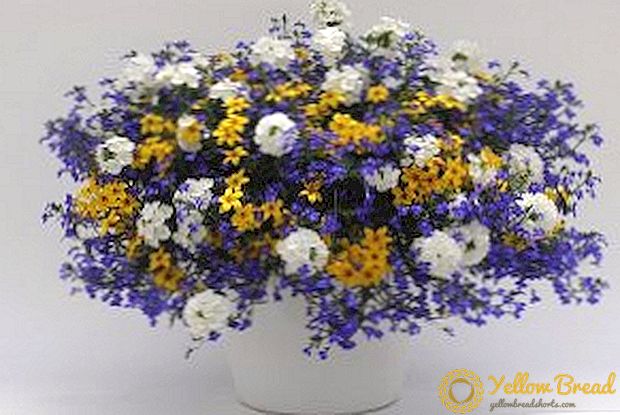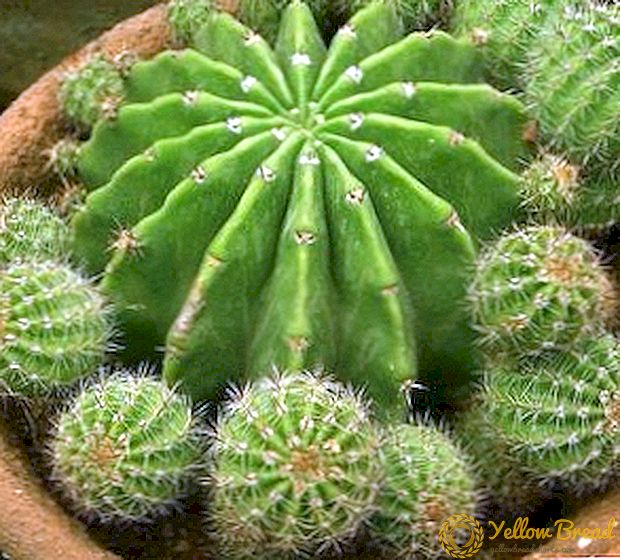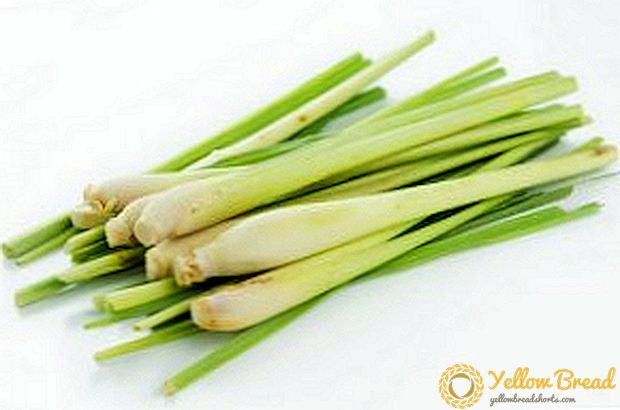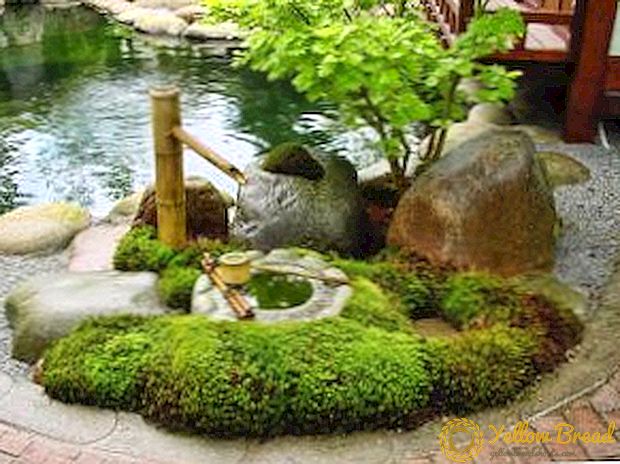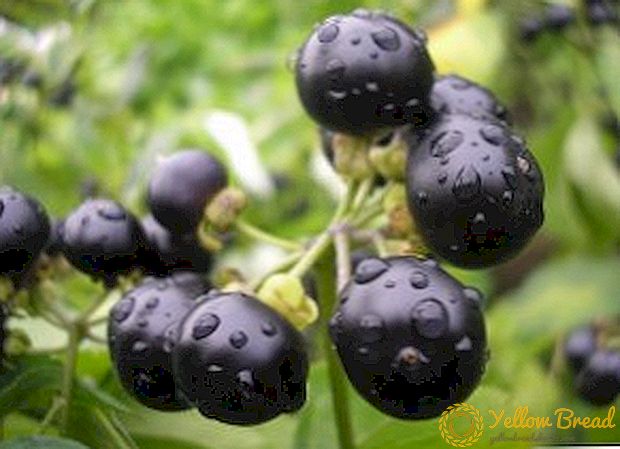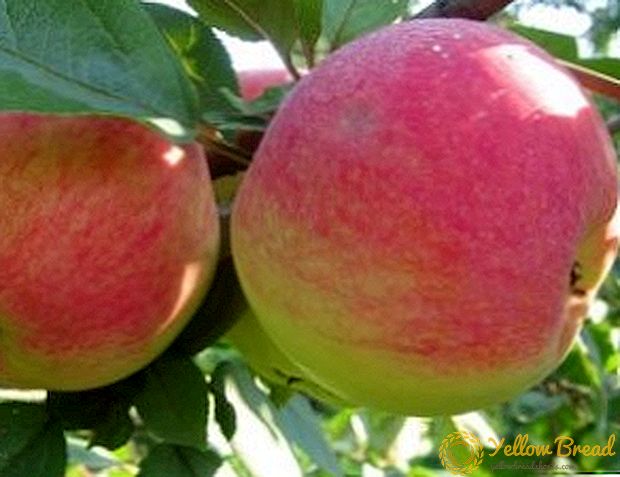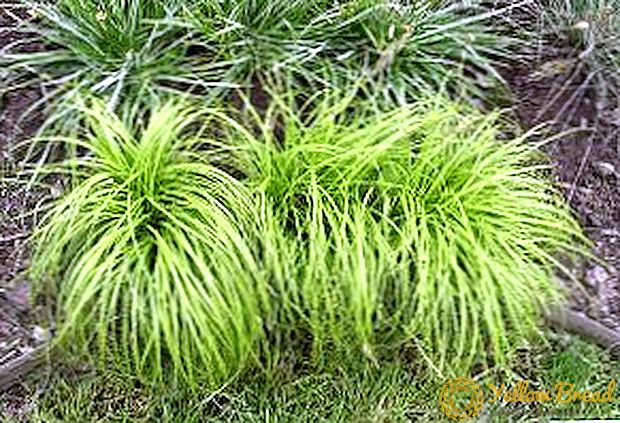 Absolutely everyone, be it a beginner or an experienced gardener, is aware of the problems associated with weeds. These pests are able to grow very quickly on the plot and damage the crops growing on it. In spite of the fact that many representatives of weeds look decorative, it is worth destroying them immediately. One of these annoying plants is sedge, a perennial herb that is not easy, but it is possible to grow; you only need to know where it grows most often and what it is.
Absolutely everyone, be it a beginner or an experienced gardener, is aware of the problems associated with weeds. These pests are able to grow very quickly on the plot and damage the crops growing on it. In spite of the fact that many representatives of weeds look decorative, it is worth destroying them immediately. One of these annoying plants is sedge, a perennial herb that is not easy, but it is possible to grow; you only need to know where it grows most often and what it is.
- What it looks like
- Harmfulness
- Methods of struggle
- Agrotechnical receptions
- Attack "chemistry"
- Other
What it looks like
The perennial does the most harm to lawns, as it skillfully conspires under the main greens, and it can only be recognized at the beginning of the growing season with close examination of the green lawn. But, nevertheless, there are basic criteria for the recognition of this plant.
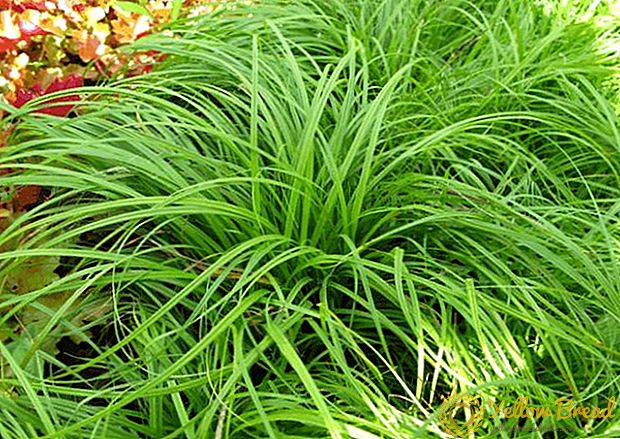
First of all, it can be identified by a lighter color; tufts of grass that are faded against the background of other greenery can be exactly sedge. Also characteristic of the plant presence of 3 hard and dense leaves on the stem, while cultural species have only 2 leaves.
Harmfulness
Perennial grass has a very powerful root system, which is expanding at lightning speed. Roots are located in the ground obliquely or vertically, but to a greater depth. Because of this, fighting a weed is not so easy. Only one bush sedge in the shortest possible time to overwhelm the lawn and spoil its appearance by absorbing the lawn grass.
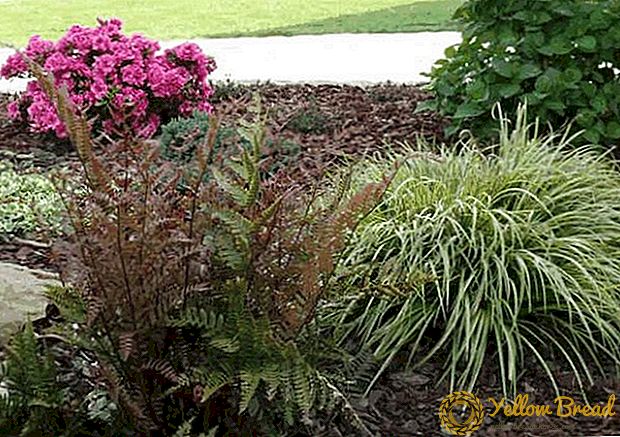
Methods of struggle
So, how to get rid of these weeds at the dacha - let's look at all the known methods. We must be prepared for the fact that the "war" will be difficult and, perhaps, even protracted.
Agrotechnical receptions
One of the effective, but painstaking, ways is manual weeding. You need to arm yourself with gloves and a shovel and begin the extermination of uninvited guests.
The weed is gently picked up by a shovel and the roots are extracted with the utmost care, it is very important that none of them stay in the ground, otherwise the procedure will simply be useless. Torn out weeds with roots and earth are best burned.
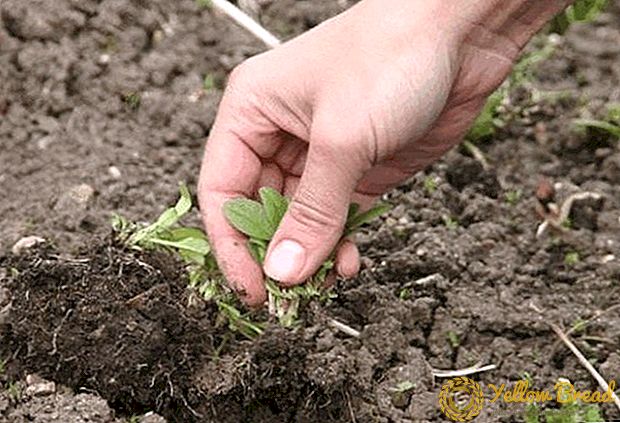
Attack "chemistry"
At the beginning of the growing season, weed control can be carried out using herbicides. Various chemicals are recommended when the grass is not yet strong and the number of sheets on it is equal to or less than 5.
If the weed plant has already taken root, then such treatment will not bring the desired result, since the active substances simply can not break through into the powerful stem and root system of the grass, but only slightly slow down its growth rate.
When choosing a herbicide, experts recommend dwelling on those whose active ingredient is bentazon. First you need to weed the plot and wait a few days - the fact is that the highest efficiency is achieved at the moment when the weed is in the active phase of growth.
Be sure to carefully study the instructions for use of the drug and examine the consumption rate. In order to defeat malicious plants, it may take from 2 to 10 treatments. Wear protective clothing and gloves during the procedure. 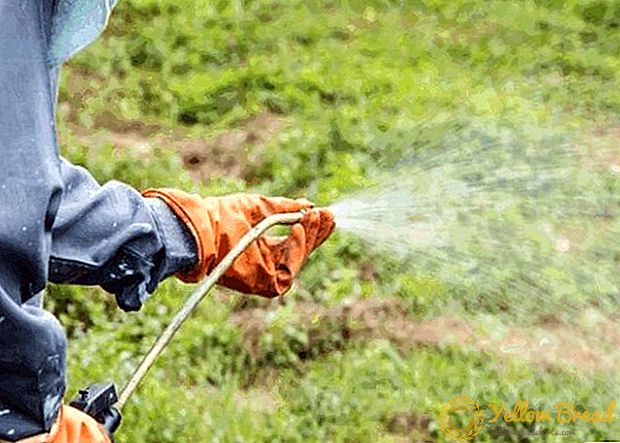
Other
As soon as the first shoots of sedge have appeared, that is, in early spring, you can get rid of it with the help of ordinary sugar. For this, the area where undesired grass grows is watered abundantly, and then sprinkled with sugar evenly with a sieve.
After that, once again it is necessary to water the lawn, the main thing is not too intense, because the main goal, which is pursued, is to slightly dissolve the sugar so that it absorbs into the roots and leaves of the weed.In order to completely remove the weed, you will need to repeat the procedure several times.
The effect of this folk remedy is amazing: sugar can not only defeat pests, but also feed the soil and benefit the lawn grass.
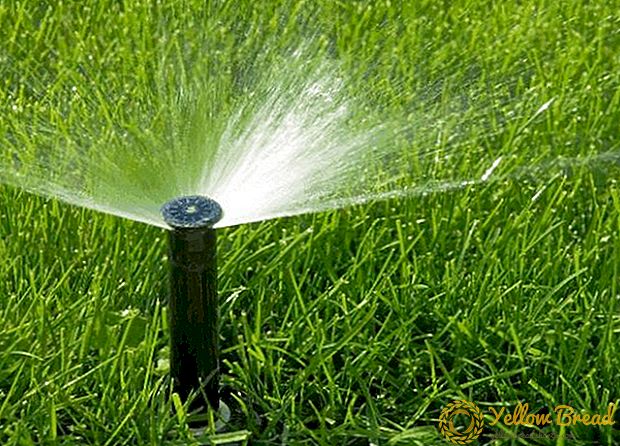 When choosing a method of weed control, one should take into account the number and age of the plant, and based on this, choose the method of weed destruction. Despite the fact that the sedge is not too easily exterminated, it is quite capable of defeating it, the main thing is the presence of desire and patience.
When choosing a method of weed control, one should take into account the number and age of the plant, and based on this, choose the method of weed destruction. Despite the fact that the sedge is not too easily exterminated, it is quite capable of defeating it, the main thing is the presence of desire and patience.

